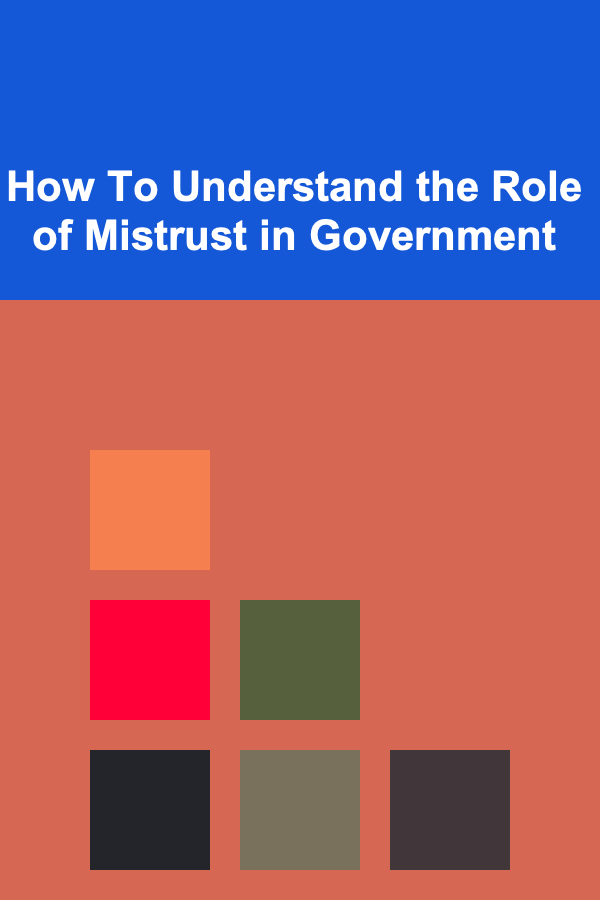
How To Draw Fantasy Maps and Worlds
ebook include PDF & Audio bundle (Micro Guide)
$12.99$7.99
Limited Time Offer! Order within the next:

Drawing fantasy maps is an art form that allows the creator to build entire worlds, from vast continents and cities to mystical forests and unexplored wildernesses. These maps help bring stories to life, providing both the creator and the audience with a deeper connection to the fictional worlds. In this article, we will explore the process of drawing fantasy maps, from the initial ideas to the intricate details that make these worlds feel immersive and real. Whether you're a writer looking to map out your novel's setting, a game developer designing a world for your players, or an artist creating beautiful works of fantasy, understanding how to draw a fantasy map can be a rewarding journey.
1. Understanding the Importance of Fantasy Maps
Before diving into the technical aspects of map drawing, it's essential to understand why fantasy maps are so crucial. A map is not just a static representation of a place---it is a tool that enhances the story and the world-building process. Fantasy maps serve multiple purposes:
- World-building: A map visually establishes the geography of a world, which in turn influences the culture, economy, and interactions of its inhabitants.
- Immersion: For readers, players, or viewers, a well-designed map enhances the immersion into the world by providing a visual reference point.
- Storytelling: Maps can serve as storytelling tools. For example, a mountain range might mark the boundary of two warring factions, or a river might be the lifeblood of a great civilization.
By creating a map, you are laying the foundation for the world in which your story or game will unfold. It should reflect the themes, the culture, and the history of the world it represents.
2. Gathering Inspiration
The process of creating a fantasy map often begins with inspiration. Every great map is born from a combination of imagination, previous experience, and inspiration from other works. When gathering inspiration for your fantasy map, think about the following:
- Real-World Geography: Look at real-world maps to understand how mountains, rivers, seas, and cities interact. The shapes and patterns of continents and landmasses in the real world can inspire your fantasy geography. You might want to research places that have influenced your world, such as historical civilizations or untouched, remote areas.
- Existing Fantasy Maps : Many fantasy maps are heavily influenced by others. Take a look at maps from famous fantasy works like J.R.R. Tolkien's Middle-earth , George R.R. Martin's Westeros , or the Lands Between in Elden Ring. Analyze how other creators structure their maps, from the location of major cities to the role of natural features like mountains and oceans.
- Personal Imagination: While looking at real-world and existing fantasy maps can provide direction, your fantasy world should be unique. Think about what makes your world different. What are the unique features that would set it apart from others?
Once you've gathered inspiration, you'll want to define the overarching idea of your world---whether it's a sprawling continent, a small island, or a complex system of interconnected worlds.
3. Defining the Scope of Your Map
The next step in the process is to define the scope of your fantasy map. Maps can range from small regions to entire continents or even whole worlds. Here's how you can approach this:
- Small-Scale vs Large-Scale: Are you drawing a map of a single kingdom, a sprawling continent, or an entire planet? The size of your map will determine the level of detail and the types of features you include. For example, a continent map may show various nations, rivers, and forests, while a world map might include different climates, biomes, and major intercontinental landmarks.
- Geography: Consider the natural geography of your world. Does it have vast deserts, towering mountain ranges, deep seas, or dense jungles? Think about how these geographical features might affect the culture and societies of your fantasy world. How does the geography shape the development of civilizations, trade routes, and conflicts?
4. Sketching the Rough Outline
At this stage, you're ready to begin the process of sketching. Start by drawing the rough outline of the world or region. The outline doesn't need to be perfect at first---it's just a framework to start building your map. Consider the following:
- Shape of the Land: The overall shape of your landmass should feel natural. Geographical features like coastlines, rivers, and mountain ranges will influence the shape of the land. Keep in mind that most landmasses have irregular, organic edges, especially if influenced by natural forces such as tectonic plate movement or erosion.
- Placement of Major Features: Once you have the general shape of your landmass, begin sketching where the major natural features will go. Rivers often start in the mountains and flow toward the sea. Mountain ranges tend to form at fault lines where tectonic plates meet, and deserts and forests tend to form in areas with specific climates.
5. Adding Major Features
Now that the rough shape of your map is in place, it's time to add the major geographical features:
- Mountains: These can serve as natural barriers or focal points in your world. They might separate different regions or hold secrets within them. To draw mountains, start by creating jagged, triangular shapes that have a natural flow. A range of mountains usually has peaks of varying heights and irregular shapes.
- Rivers and Lakes: Rivers begin in the mountains, flow toward lower elevations, and eventually reach seas or oceans. Think of rivers as the lifeblood of a land, often determining the locations of cities and settlements. A good river should branch out into smaller tributaries, mimicking the way rivers form in the real world.
- Oceans and Seas: Oceans are vast bodies of water that can separate continents or serve as the gateway for travel and trade. Consider how the placement of oceans impacts your landmass. Seas and oceans can also serve as barriers or provide a route for exploration.
- Forests, Deserts, and Plains: Decide where these biomes will exist on your map. Forests usually appear in areas with a temperate climate, while deserts tend to be in dry regions. Plains might be in the middle of a continent, providing fertile ground for agriculture.
6. Adding Settlements and Cities
Once you have your major geographical features in place, it's time to start adding the settlements that will populate your world. When placing cities and towns on your map, think about the following:
- Strategic Placement: Cities tend to form near sources of water, such as rivers or coasts, for both sustenance and trade. They may also be located at crossroads or near natural resources like mines or forests.
- Trade Routes: Cities are often connected by roads and trade routes. Think about how goods and people might travel between these places. This could help you decide where roads should be placed and what cities might be interconnected.
- Defensive Features: Some cities might be strategically located near mountain ranges, on cliffs, or on islands to avoid attack. Keep this in mind when placing important cities or strongholds.
7. Detailing the Map
At this stage, you can start adding finer details to your map. This includes smaller towns, bridges, roads, forts, and other important structures that define the character of your world. Details like forests, cliffs, and ruins can add an air of mystery to your map.
- Rivers and Tributaries: Add smaller rivers and streams that feed into the larger rivers. These smaller bodies of water add realism and richness to your map.
- Landmarks: Include landmarks like ancient ruins, mysterious towers, or locations of mythical significance. These could serve as key story points or places for adventure.
8. Color and Textures
One of the final steps in the process is adding color and texture to your map. Color brings the map to life, helping to differentiate between features like mountains, forests, and oceans. Consider using a color palette that reflects the mood of your world.
- Mountains: Dark browns or grays can be used to indicate rocky or snow-capped mountains.
- Forests: Use various shades of green for forests and woods. The color can change depending on the type of trees (e.g., dark green for pine forests or lighter green for deciduous forests).
- Oceans and Seas: Blues and turquoises can be used to represent water, with deeper blues indicating deeper seas.
Texture can also add depth to your map. Use softer, flowing lines to represent forests and jagged, harsh lines for mountains. This will give your map a more dynamic, organic feel.
9. Refining the Map
Once the color and textures are added, step back and evaluate the balance and cohesion of the map. Look for any areas that feel empty or too crowded. Ensure that all elements of the map serve a purpose---whether it's enhancing the story or providing a unique feature for exploration.
- Legend and Labels: Add a legend to explain the symbols used in your map. You should also label cities, towns, mountains, rivers, and other notable landmarks. Choose a readable font style that fits the aesthetic of your world.
- Borders and Compasses: Adding a border and compass rose can give your map a polished look. The compass can help orient the reader to the directions, especially if your world is large and complex.
10. Final Touches and Presentation
Finally, present your fantasy map in a way that showcases its beauty and complexity. Whether it's for a book, game, or personal project, a well-crafted map is a work of art. Print it out or share it digitally, and allow it to serve as a reference point for your world.
Conclusion
Drawing a fantasy map is a rewarding experience that allows you to build and visualize an entire world from the ground up. It requires both creative imagination and technical skill, but with practice, you can create maps that are both functional and beautiful. Whether you're an aspiring writer, game developer, or artist, these maps are the key to creating immersive, engaging worlds that will captivate your audience and enrich your storytelling.

How to Build an Outdoor Storage Shed for Sports Equipment
Read More
How to Create the Perfect Lighting for Your Home's Reading Nook
Read More
How to Handle Pet Waste Disposal in Your Home
Read More
How to Use Tax-Advantaged Accounts for Smarter Investing
Read More
How To Understand the Role of Mistrust in Government
Read More10 Tips for Integrating a Habit Tracker Planner with Digital Tools
Read MoreOther Products

How to Build an Outdoor Storage Shed for Sports Equipment
Read More
How to Create the Perfect Lighting for Your Home's Reading Nook
Read More
How to Handle Pet Waste Disposal in Your Home
Read More
How to Use Tax-Advantaged Accounts for Smarter Investing
Read More